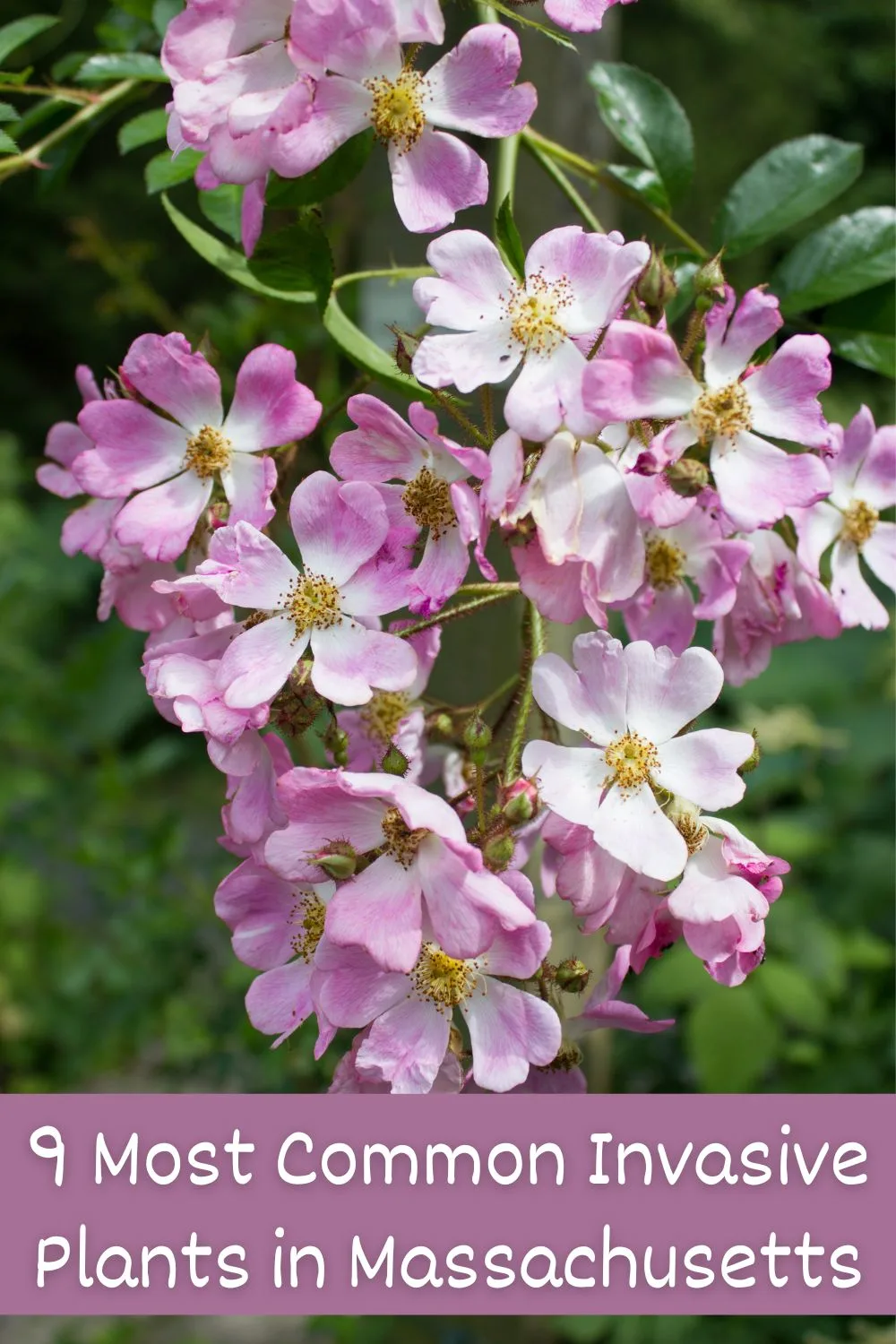Numerous plants from other parts of the world have been introduced to New England — and other areas of the US due to their beautiful flowers, stunning fall foliage, and other attractive qualities. Unfortunately, many of these plants spread aggressively and have escaped their bounds to wreak havoc on local ecosystems. They displace native species that provide essential food sources and habitats for native wildlife and can be incredibly difficult to remove.
By learning about some of the most common invasive plants in Massachusetts gardens, you can watch for any of these weeds masquerading as landscaping plants in your own yard. Nearly all invasive plants have equally attractive native alternatives that you can plant instead.
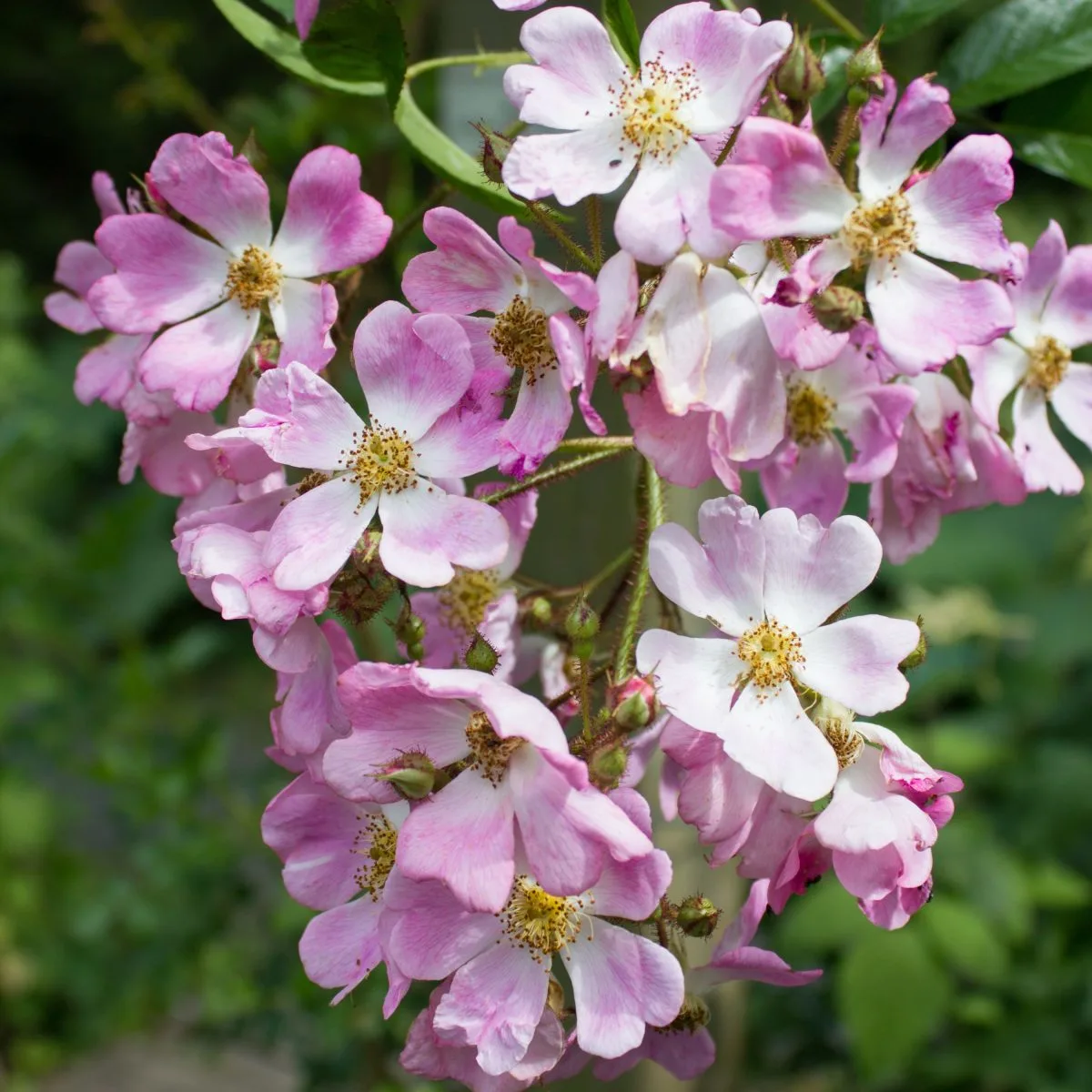
Common Invasive Plants in Massachusetts
If you recognize any of the following invasive plants growing on your property, look up proper control techniques or contact your local Extension Office for instructions or help with removal. Then choose one of the beautiful native plants we recommend as alternatives!
1. Autumn olive (Elaeagnus umbellata)
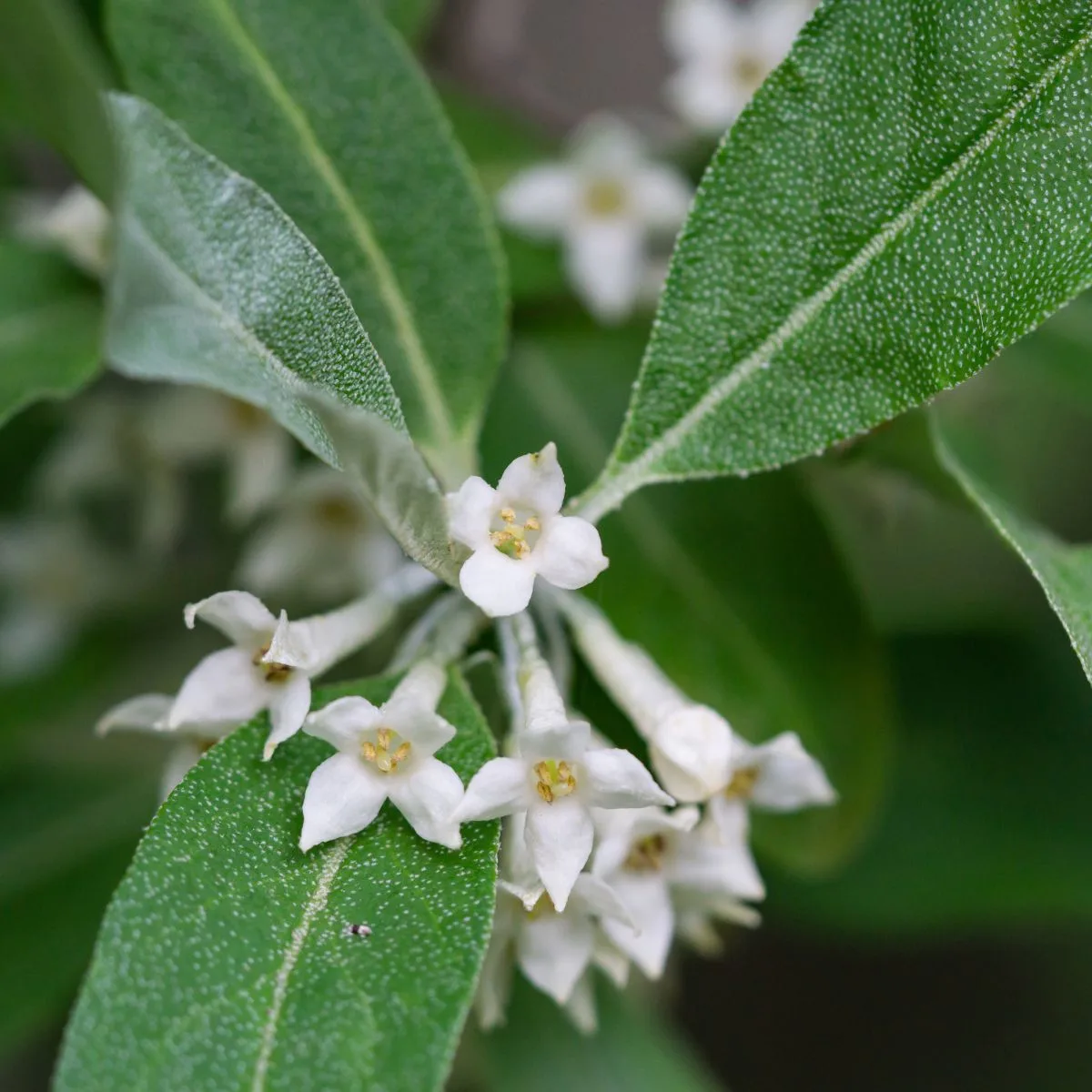
A drought-tolerant deciduous shrub, autumn olive can grow up to 20 feet tall and at least as wide, and it will happily take over an open field if given the chance. Look for narrow, ovate, wavy leaves with silvery undersides. White tubular flowers bloom in spring, and bright red berries with silver speckles appear in fall.
Native red chokeberry (Aronia arbutifolia) and winterberry (Ilex verticillata) also produce vibrant red berries in the fall, providing winter interest and attracting birds.
2. Black swallow-wort (Cynanchum louiseae)
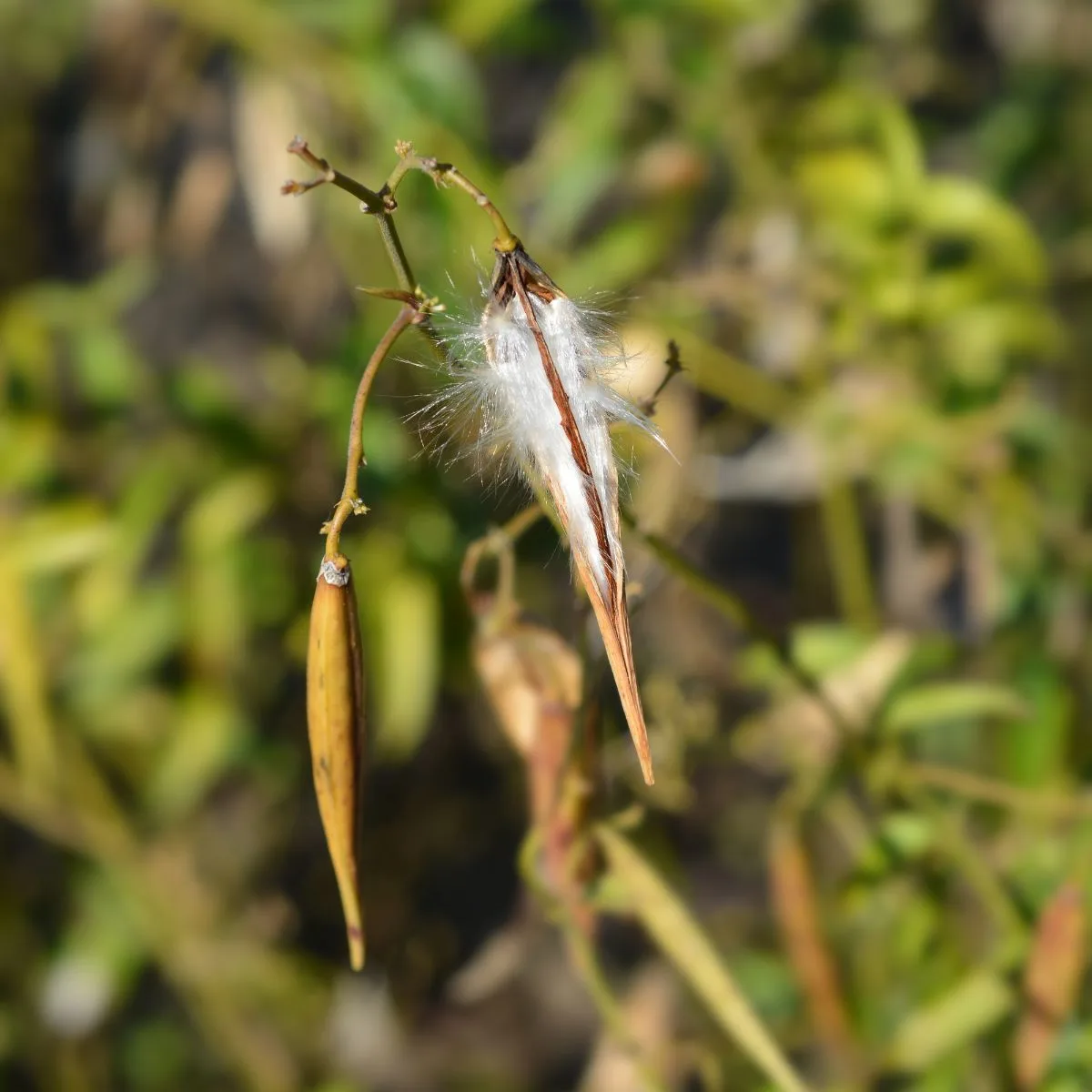
Black swallow-wort, a perennial herbaceous vine, grows up to six feet long in fields and along roadsides and forest edges. It has narrow, dark green leaves that grow in pairs. The dark purple summer flowers have five petals and resemble stars. It is toxic to livestock as well as monarch butterflies and other insects.
While no native vines have the same unique flower as black swallow-wort, Virginia creeper (Parthenocissus quinquefolia) and trumpet honeysuckle (Lonicera sempervirens) feature beautiful fall foliage and stunning blooms, respectively.
3. Common and glossy buckthorn (Rhamnus cathartica, Frangula alnus)
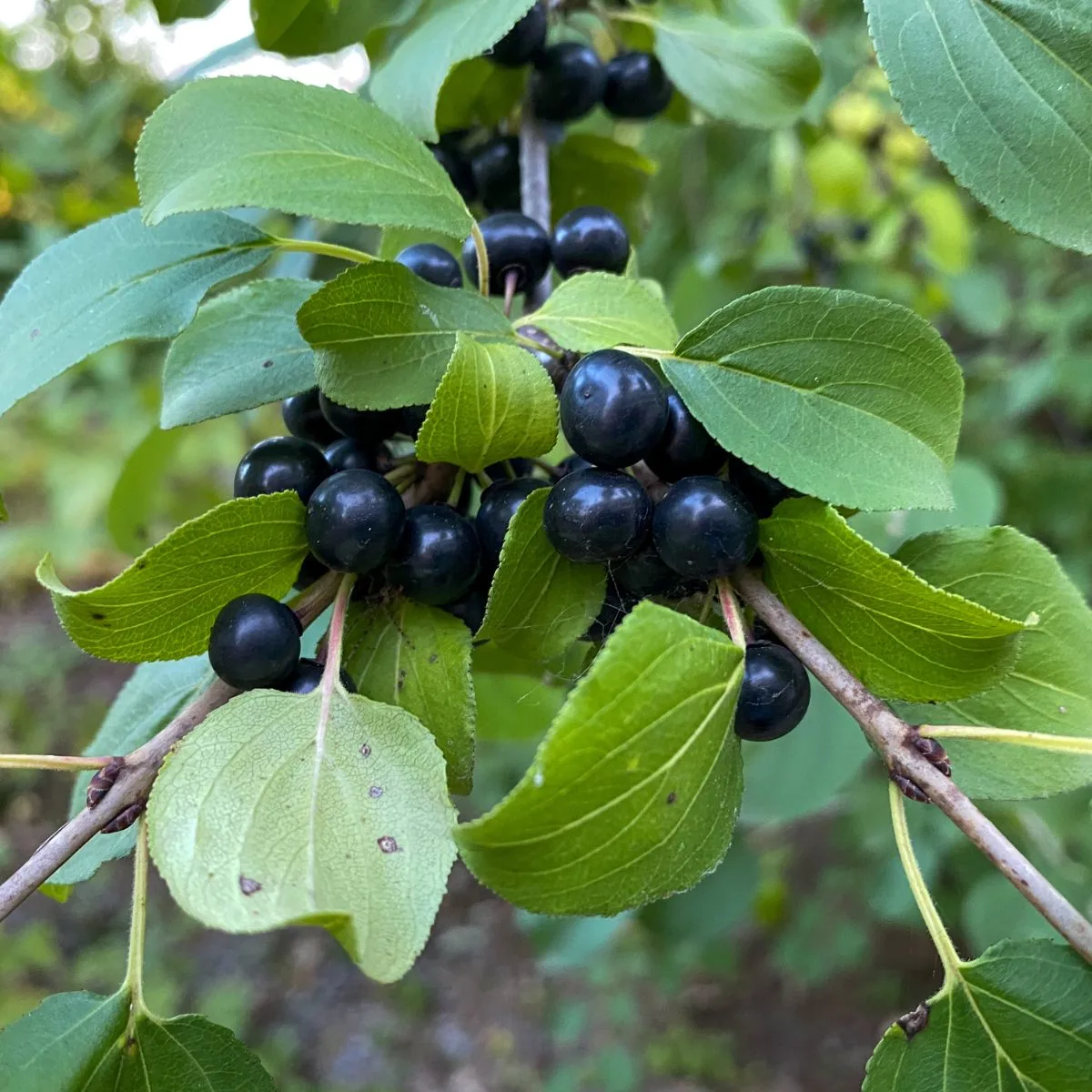
Although they come from different genera, common and glossy buckthorn have very similar appearances and are both invasive. These small trees have oval leaves and dark fall berries. Common buckthorn has sharp spines and orange inner bark, and glossy buckthorn is named for its shiny, dark green leaves.
Pagoda dogwood (Swida alternifolia) has a very similar appearance, and chokecherry (Prunus virginiana) also makes a nice alternative.
4. Garlic mustard (Alliaria petiolata)
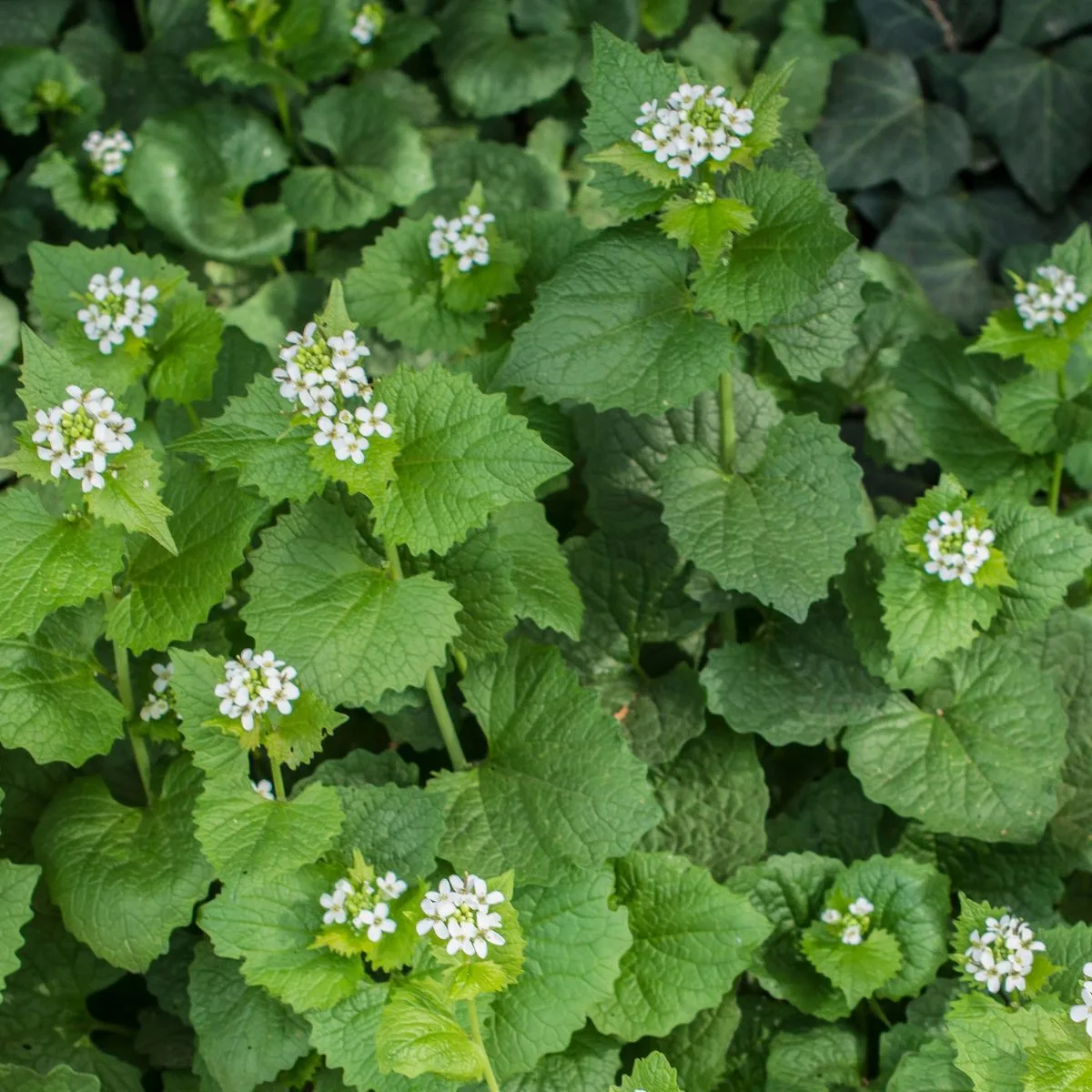
The most fun way to control garlic mustard is to eat it! The leaves of this biennial woodland herb have a garlicky flavor that’s great in pesto or even on homemade pizza. Look for serrated, heart-shaped leaves and, at the top of the three-foot, second-year plants, tiny white flowers in spring. Crushing a leaf will release a garlic smell.
For similar foliage, plant Canada wild ginger (Asarum canadense), or try white wood-aster (Eurybia divaricata) for tiny white flowers.
5. Japanese barberry (Berberis thunbergii)
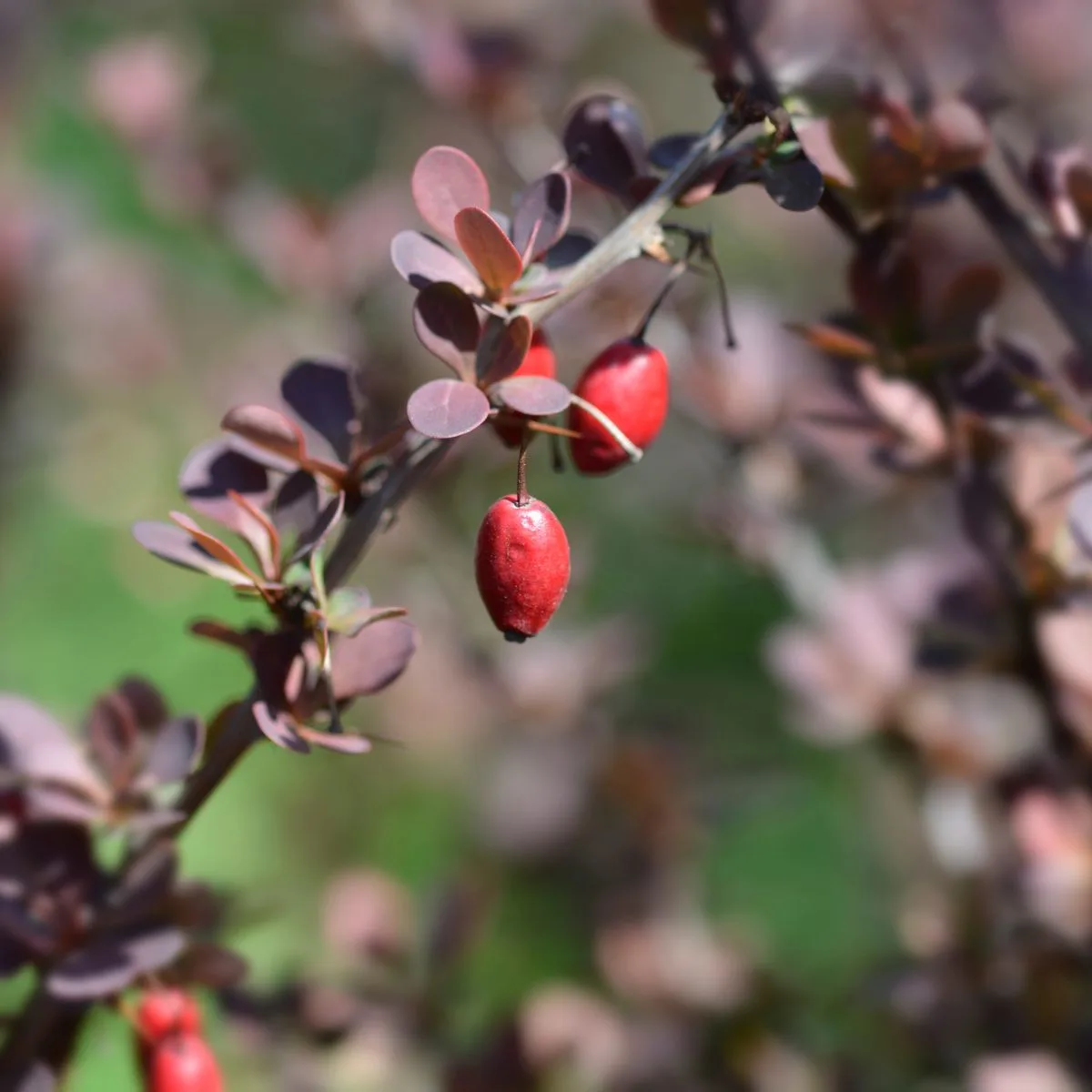
A low-growing shrub, Japanese barberry has small, oval leaves with thin spines at the nodes. It produces red, oblong berries that persist through winter. If you’re not sure, cut a stem to see if it has the telltale bright yellow interior.
Similar small native shrubs include running serviceberry (Amelanchier spicata), which features spring flowers and summer berries, and fragrant sumac (Rhus aromatica), a spreading shrub with vibrant fall foliage and red berries.
6. Japanese knotweed (Fallopia japonica)
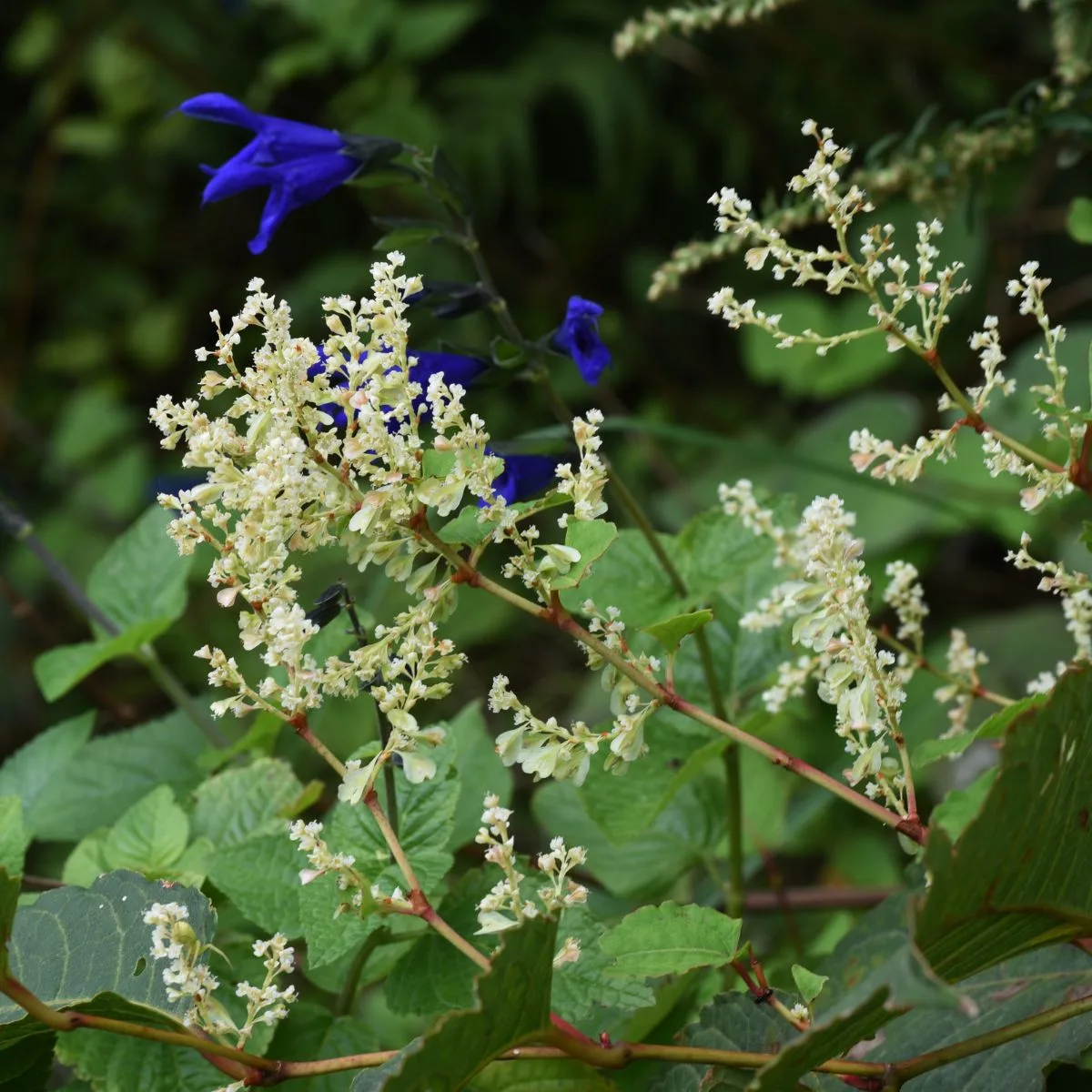
Japanese knotweed thrives in a range of conditions and grows up to 10 feet tall. The hollow stems of this herbaceous perennial turn red to green as they mature, and the broad, oval leaves have pointed tips. Look for spikes of tiny white flowers blooming above the foliage in late summer.
Tall meadow rue (Thalictrum pubescens) and boneset (Eupatorium perfoliatum) also have feathery, white summer blooms and similar heights.
7. Multiflora rose (Rosa multiflora)
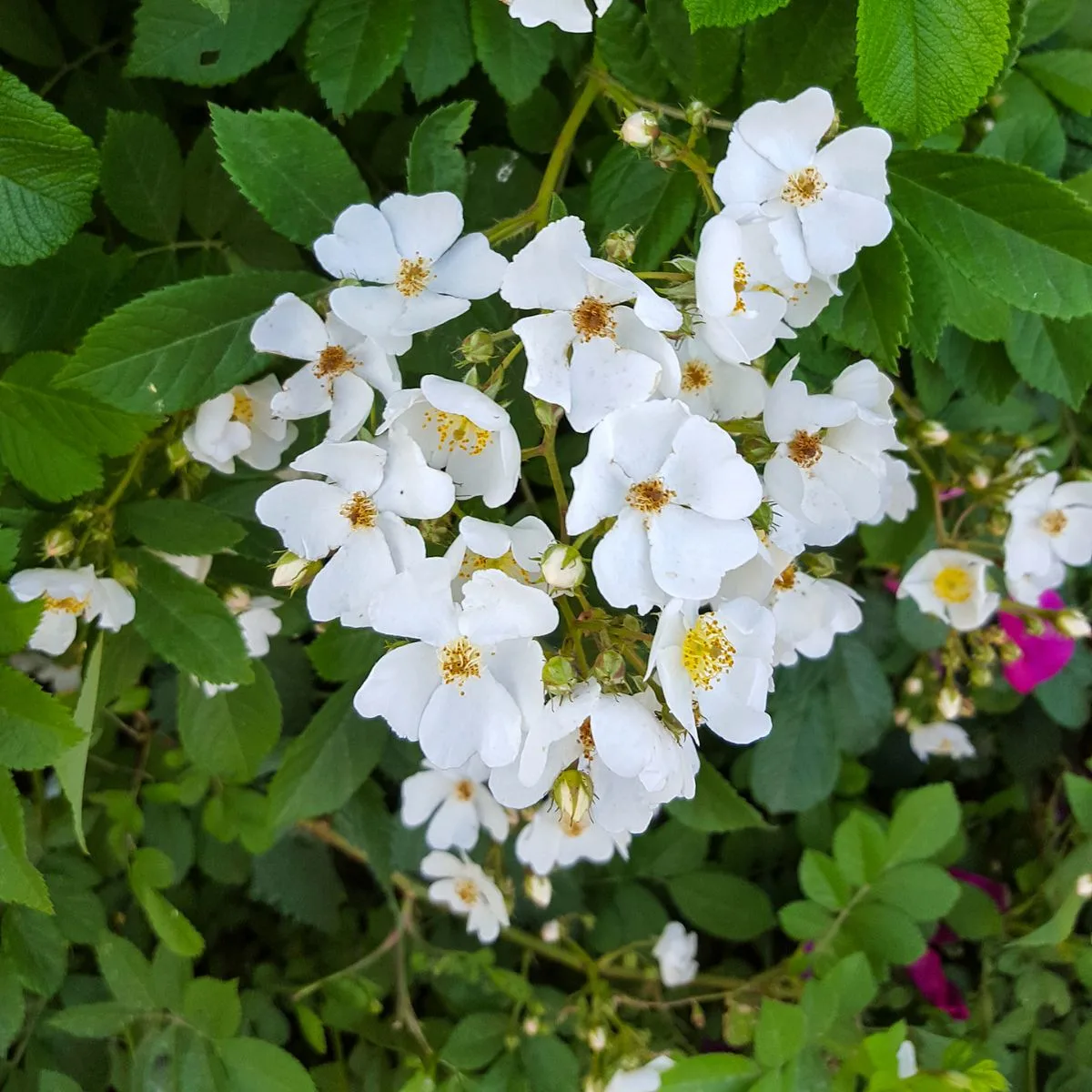
Multiflora rose has white spring blossoms and sharp, curved thorns. The alternate compound leaves each have five to 11 sharply toothed leaflets and fringes on the leaf stem. Although it typically grows on the edges of forests or fields, multiflora rose can also appear in other areas.
Lovely native roses include the Virginia rose (R. virginiana) and Carolina rose (R. carolina).
8. Oriental bittersweet (Celastrus orbiculatus)
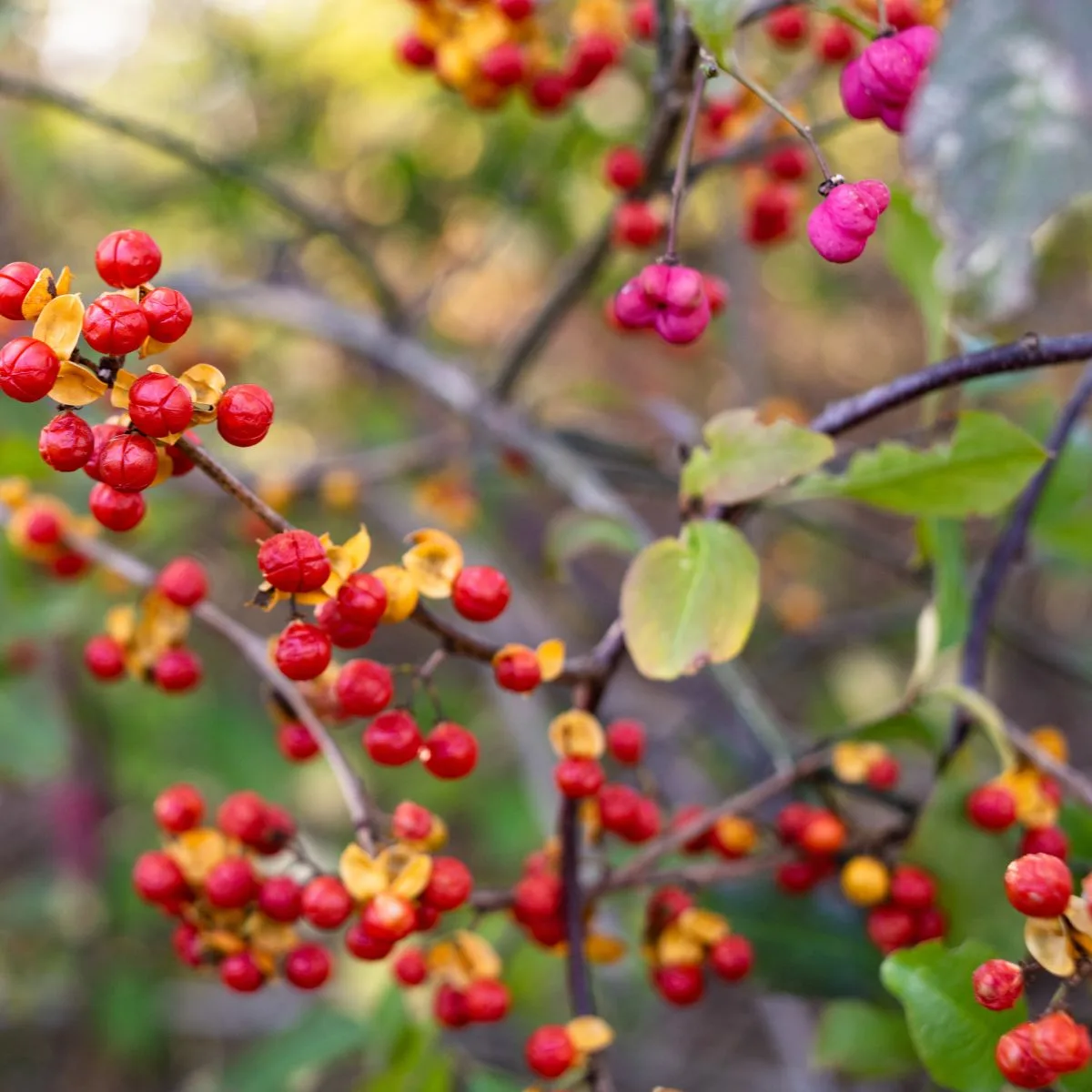
Oriental bittersweet, also called Asiatic bittersweet, is an aggressive, fast-growing vine that can grow up to 10 feet in a single year. It wraps around trees, girdling and even climbing over top of them. The vine has oval leaves and scarlet berries with yellowish outer skins.
Plant American bittersweet (C. scandens) or another native vine, like fox grape (Vitis labrusca), instead.
9. Winged euonymus (Euonymus alatus)
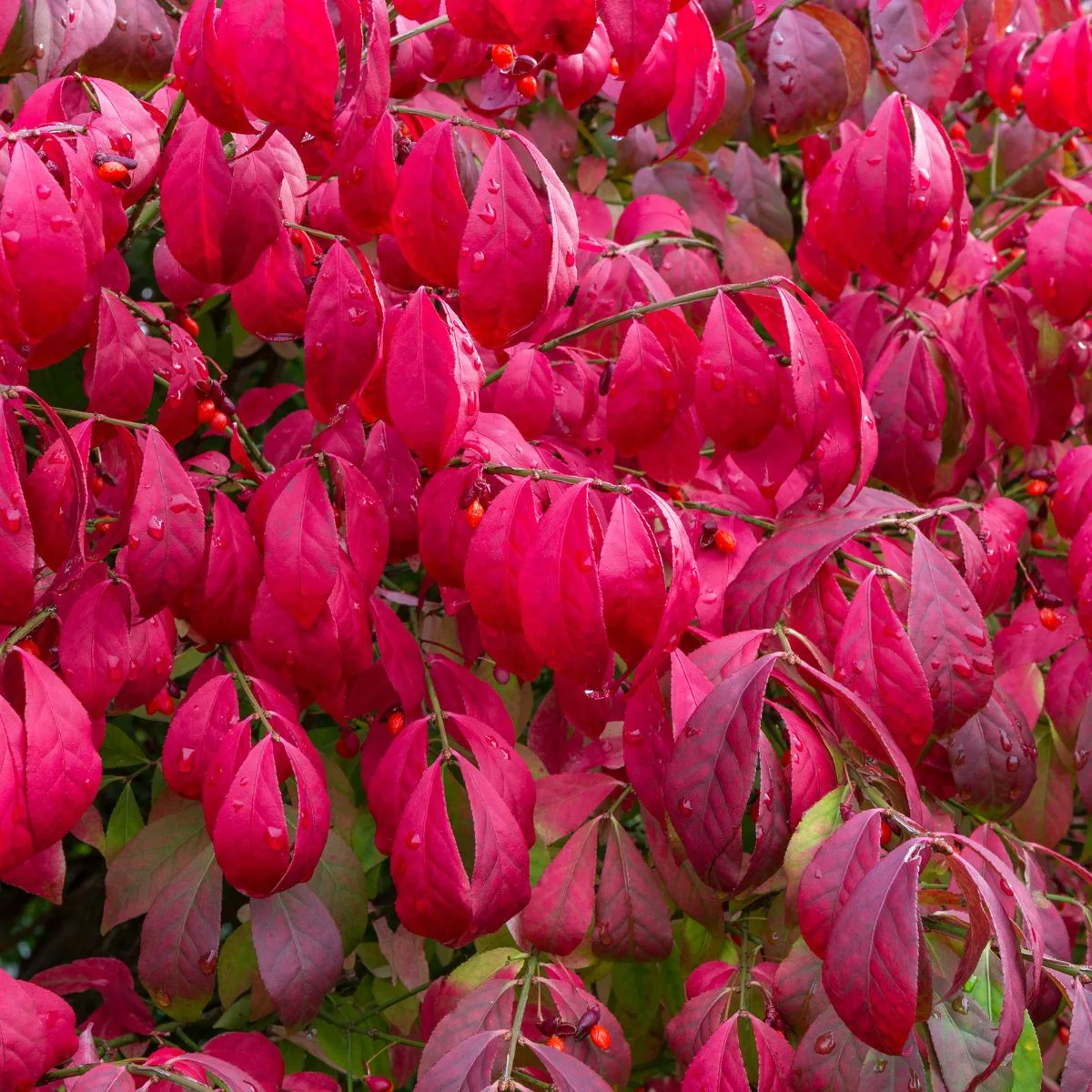
Also called burning bush, winged euonymus has vibrant red fall foliage and tan ridges, or wings, along its dark green branches. Its opposite leaves taper at both ends, and red fruits appear in summer. Winged euonymus grows to about 10 feet tall.
Similar native shrubs include Virginia sweetspire (Itea virginica) and American cranberry bush viburnum (Vibrunum opulus var. americanum).
Now that you know what to look for keep an eye out for these common invasive plants of Massachusetts. And if you do recognize one in your yard, make sure to remove it properly and then choose one of the many beautiful native alternatives to replace it! The native birds, butterflies, and other wildlife will thank you.
